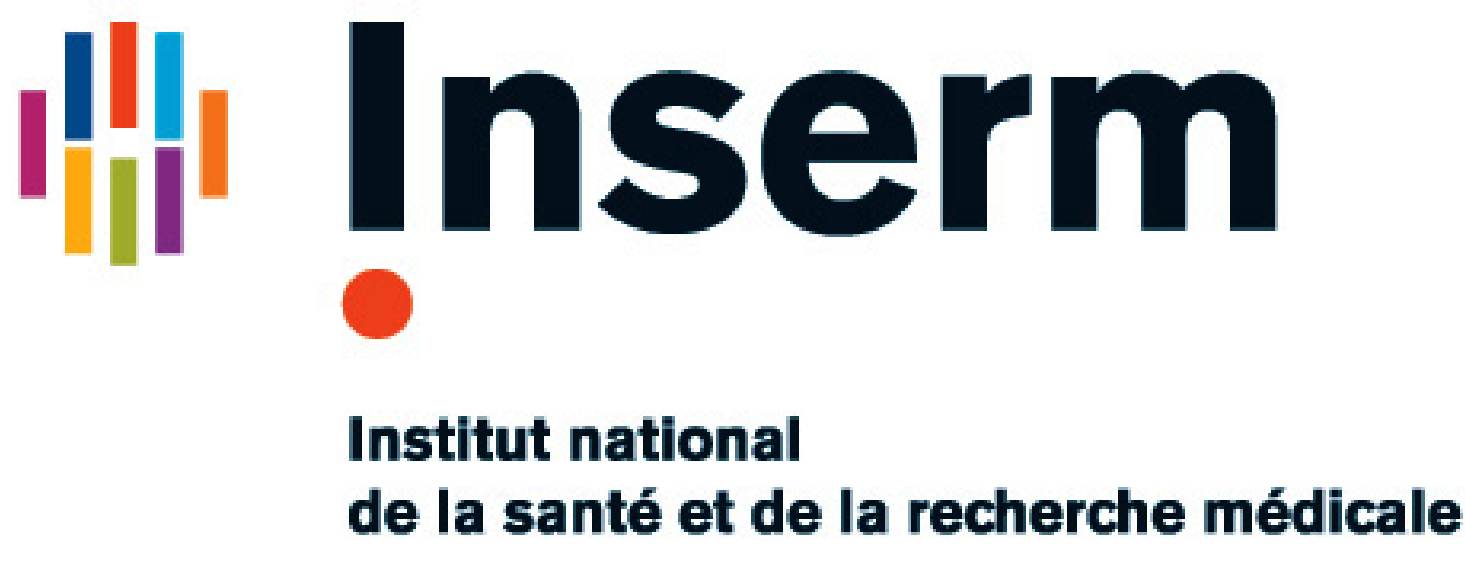Cystic fibrosis bronchial epithelial cells are lipointoxicated by membrane palmitate accumulation
Résumé
The F508del-CFTR mutation, responsible for Cystic Fibrosis (CF), leads to the retention of the protein in the endoplasmic reticulum (ER). The mistrafficking of this mutant form can be corrected by pharmacological chaperones, but these molecules showed limitations in clinical trials. We therefore hypothesized that important factors in CF patients may have not been considered in the in vitro assays. CF has also been associated with an altered lipid homeostasis, i. e. a decrease in polyunsaturated fatty acid levels in plasma and tissues. However, the precise fatty acyl content of membrane phospholipids from human CF bronchial epithelial cells had not been studied to date. Since the saturation level of phospholipids can modulate crucial membrane properties, with potential impacts on membrane protein folding/trafficking, we analyzed this parameter for freshly isolated bronchial epithelial cells from CF patients. Interestingly, we could show that Palmitate, a saturated fatty acid, accumulates within Phosphatidylcholine (PC) in CF freshly isolated cells, in a process that could result from hypoxia. The observed PC pattern can be recapitulated in the CFBE41o(-) cell line by incubation with 100 µM Palmitate. At this concentration, Palmitate induces an ER stress, impacts calcium homeostasis and leads to a decrease in the activity of the corrected F508del-CFTR. Overall, these data suggest that bronchial epithelial cells are lipointoxicated by hypoxia-related Palmitate accumulation in CF patients. We propose that this phenomenon could be an important bottleneck for F508del-CFTR trafficking correction by pharmacological agents in clinical trials.
| Origine | Fichiers éditeurs autorisés sur une archive ouverte |
|---|---|
| licence |


